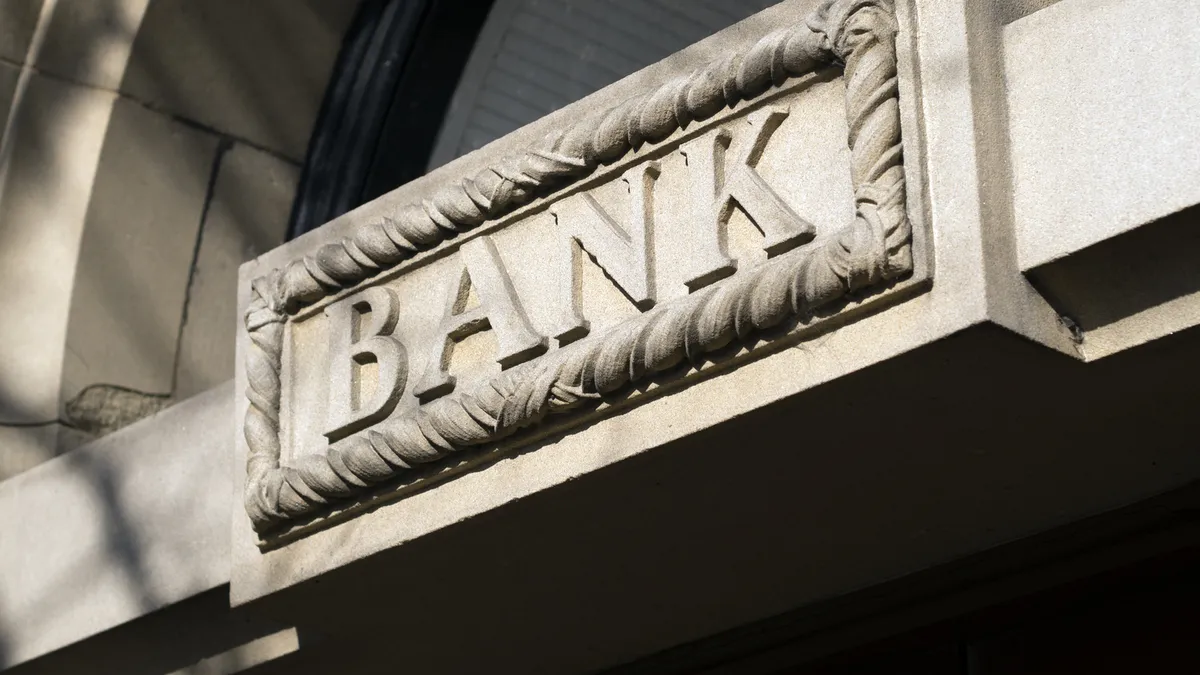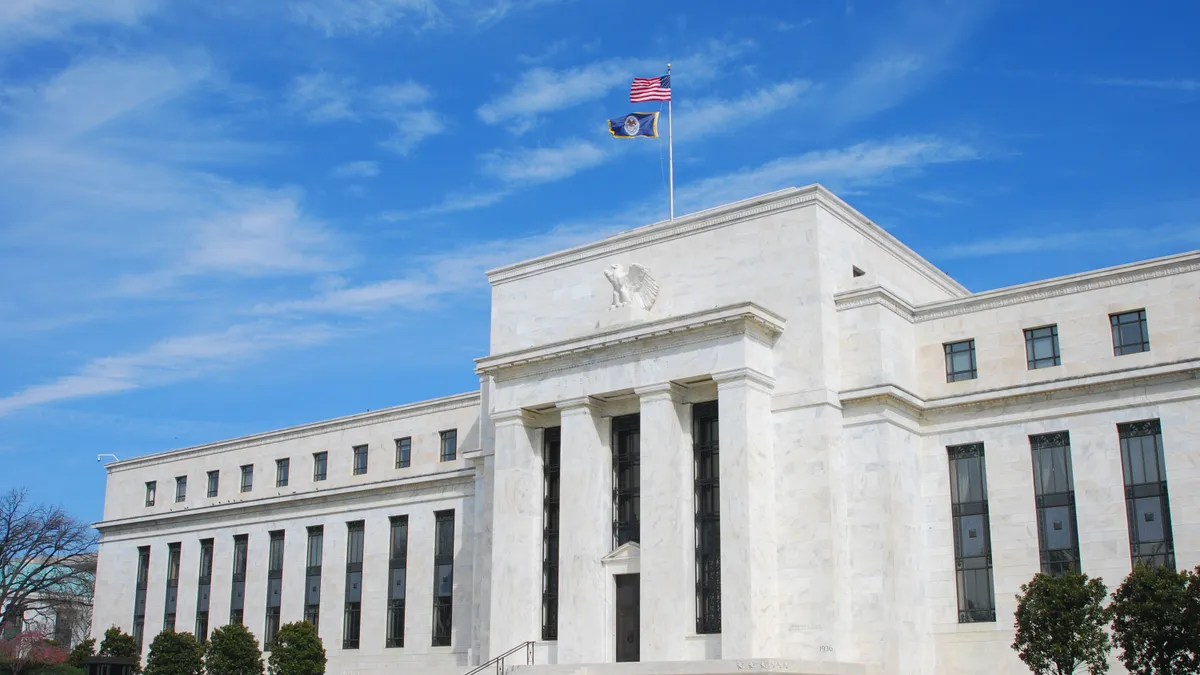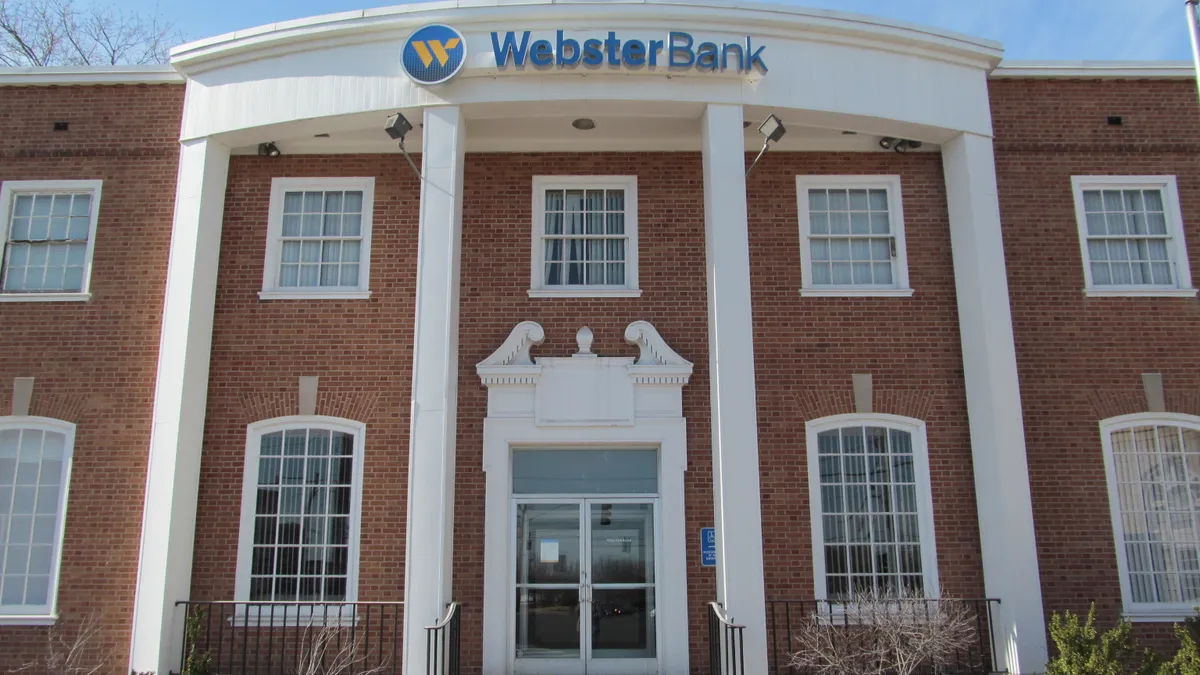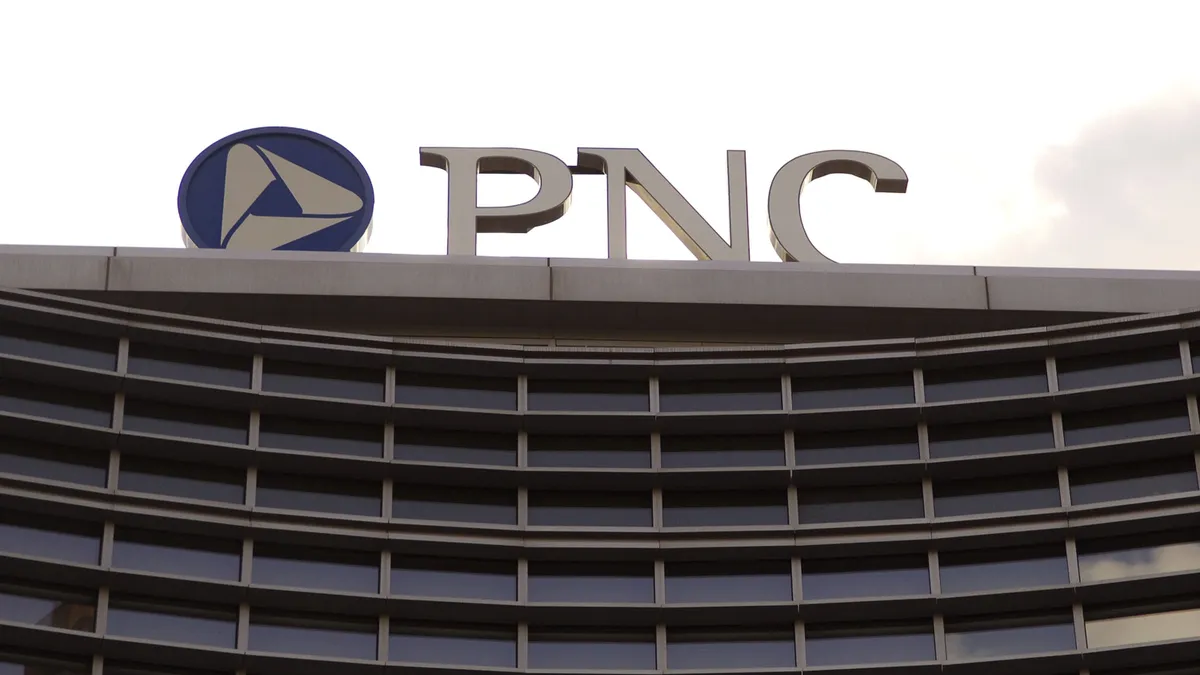For all the talk of upcoming layoffs in the banking sphere, headcount downturns — or even the hint of them — aren’t yet reflected in the line items on banks’ earnings reports.
Goldman Sachs on Tuesday reported adding 2,100 employees in the third quarter, a 4.5% uptick from the previous quarter and a 14% jump from a year earlier.
The bank credited “the timing of campus hires and investments in growth initiatives.”
The numbers jibe, however, with CFO Denis Coleman’s comments from July that the bank is slowing its hiring amid further reports that it would reinstate annual performance reviews.
CEO David Solomon reinforced that notion in comments to CNBC on Tuesday.
“We have a process that we do every year where we look at bottom performers,” he said, characterizing as “small” the number of “people that we don’t think are working in their jobs.”
The bank appeared to begin its cull in late September — meaning the extent of it may not be public until the bank issues its fourth-quarter report in December.
Goldman isn’t alone in considering a more streamlined workforce.
“We’re looking at headcount,” Morgan Stanley CEO James Gorman said Friday, according to Bloomberg. “We’ve learned some things during COVID about how we can operate more efficiently. So that’s something the management team is working on between now and the end of the year.”
With that said, the bank added 3,181 employees in the third quarter, Bloomberg reported. That’s an 11% jump from a year earlier.
“You’ve got to take into account the rate of growth we’ve had in the last few years,” Gorman said.
Of the nation’s six largest banks, in fact, only Wells Fargo shrunk its headcount in the third quarter — by 14,662 employees, amounting to a 5.8% reduction from a year earlier, according to Bloomberg.
Wells Fargo CFO Mike Santomassimo on Friday said the bank has reduced its workforce over nine straight quarters. (That tracks — Wells reportedly was drafting plans as early as July 2020 to cut tens of thousands of people, and has cut business units it sees as non-core.)
The brunt of layoffs this year has come in home lending, where revenue dropped 52% in the third quarter as mortgage originations continued to slow.
Santomassimo said Wells’ expenses would have fallen for a sixth straight quarter, except the bank reported $2 billion in operating losses in the third quarter — which the bank said encompassed litigation charges, customer remediation and “historical” regulatory matters.
Bank of America, by comparison, reported adding 3,446 employees in the third quarter. And CFO Alastair Borthwick said the bank isn’t planning reductions “at this stage,” according to Bloomberg.
“We continue to make steady investments in our people, technology, marketing and financial centers,” Borthwick said Monday.
JPMorgan Chase reported adding 9,980 employees over the third quarter, according to Bloomberg. That’s an 8.5% jump year over year. At a conference last month, the bank’s president, Daniel Pinto, touched on the possibility of layoffs but also the prospect of reducing variable compensation.
“You need to be very careful when you have a bit of a downturn to start cutting bankers here and there because you will hurt the possibility for growth going forward,” Pinto said.
Ultimately, Pinto said, JPMorgan would “adjust over time to whatever we believe is a medium-term structure needed.” However, he said, “last year, we had to add a lot of bodies just to execute the huge amount of volume we were executing.”
M&A
While U.S. Bank arguably received good news during earnings week that its long-planned acquisition of MUFG Union Bank was approved by regulators, other banks with pending mergers revealed dampening prospects.
State Street CEO Ronald O’Hanley said Tuesday his bank’s proposed acquisition of Brown Brothers Harriman’s investor services unit is “increasingly uncertain,” according to American Banker.
"We believe there's still the possibility that we can structure the transaction in a way that will work for both shareholders and to achieve strategic objectives, but … the likelihood of that happening is going down," he said.
State Street said in July it “has been engaged in discussions” with regulators and has floated changes to the operating model and legal entity structure. But those changes would likely decrease synergies between the companies, executives have said.
State Street has even considered modifying the purchase price. And the parties have extended their talks on the deal.
"The timing of our announcement of this deal probably couldn't have come at a worse time because many of the regulatory agencies were going through personnel changes,” O’Hanley said. "In some cases, it has driven a very significant change in philosophy."
State Street has discussed changes that would alter which approvals are needed to get the deal done, it said.
‘Other’ charges
Wells Fargo, meanwhile, is not the only bank during the most recent earnings period to see a significant operating loss. BNY Mellon on Monday reported a goodwill impairment charge of $680 million, which it attributed to its investment management line of business, according to American Banker.
CEO Robin Vince said the charge is part of the bank’s "regular impairment testing process," and a reflection of "lower market values" in equity and fixed-income markets and a higher discount rate, rather than an indication of the unit’s "fundamental health.”
However, the charge contributed to a 26% jump in noninterest expenses at the bank, compared with last year’s third quarter — which, in turn, drove a 59% slump in net income over the period.
Truist reported an 89% year-over-year increase in “other” noninterest expenses Tuesday, according to American Banker. That category includes “operating losses” CEO Bill Rogers called “too high” during a call with analysts.
The somewhat vague line item accounts for double the percentage — 4.8% — of overall noninterest expenses at the bank as it did a year ago.
A Truist spokesperson told American Banker the uptick in operating losses does not stem from the 2019 BB&T-SunTrust merger that created the bank. Nor does it relate to a February systems integration that spurred account access issues for some customers, the spokesperson said.
Rogers, however, asserted the elevated figure may be tied to fraud-related losses from clients.
The CEO said Truist “made a purposeful decision to proactively refund our clients for fraud losses” and intends to “reduce them significantly.”
Rogers called the fraud issue an “industrywide phenomenon” — which may lead some observers to believe it could involve peer-to-peer payment platforms such as Zelle. Truist reimbursed 82% of the unauthorized transaction claims its customers submitted in 2021 — a higher percentage than other part-owners of the platform, according to data submitted recently to Sen. Elizabeth Warren, D-MA.























